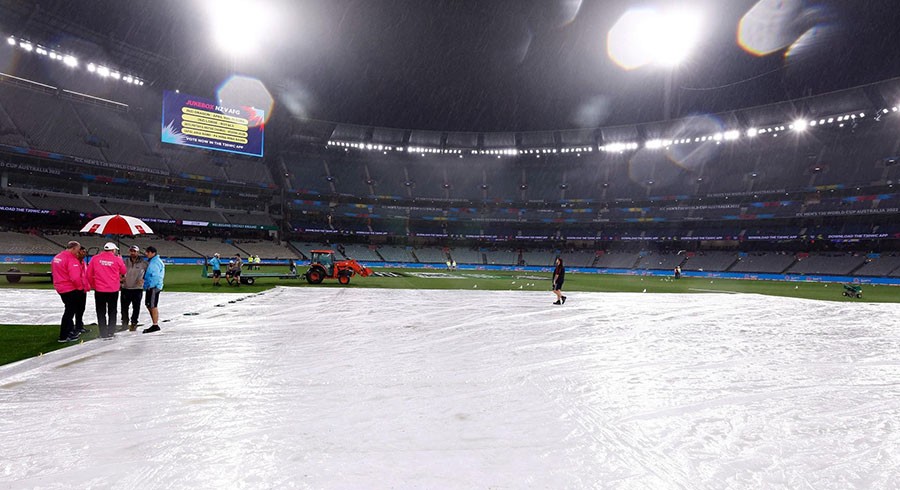
Cricket is a sport deeply rooted in tradition, strategy, and technique. However, as the world grapples with the effects of climate change, the game of cricket is also being influenced by shifting weather patterns and extreme conditions. In particular, T20 cricket, the fast-paced and thrilling format of the game, is being significantly impacted by weather conditions.
This article explores the importance of weather conditions in T20 cricket, the effects of rising temperatures on player performance, changing rainfall patterns and match interruptions, the impact of stronger storms and windy conditions on the game, and adaptation strategies for T20 cricket in the face of climate change.
Importance of Weather Conditions in T20 Cricket
Weather conditions play a crucial role in T20 cricket as they directly affect the playing conditions and the outcome of matches. Temperature, humidity, wind, and even cloud cover can significantly impact the behavior of the pitch and the movement of the ball in the air.
For example, a hot and dry day may cause the pitch to crack, providing spinners with an advantage, while a cloudy and overcast day may aid swing bowlers. Captains and teams often take these factors into consideration when making decisions, such as choosing to bat or bowl first.
Effects of Rising Temperatures on Player Performance
As global temperatures rise due to climate change, players face new challenges in adapting to the changing climate. Extreme heat can lead to dehydration, fatigue, and reduced physical performance. It can also affect players’ concentration and decision-making abilities, ultimately impacting their overall performance on the field.
To combat these challenges, players need to focus on staying hydrated, taking regular breaks, and ensuring appropriate cooling measures are in place during matches played in hot conditions.
Changing Rainfall Patterns and Match Interruptions
Climate change has also caused shifts in rainfall patterns around the world, resulting in increased instances of match interruptions in T20 cricket. Rain delays can significantly affect the momentum of a game and create challenges for both teams.
To mitigate these interruptions, cricket authorities have implemented the Duckworth-Lewis (D/L) method, a mathematical formula used to adjust targets in rain-affected matches. This method ensures a fair outcome by considering the number of overs lost and the number of wickets remaining at the time of interruption.
Impact of Stronger Storms and Windy Conditions on the Game
With climate change comes an increase in the intensity and frequency of extreme weather events, including stronger storms and windy conditions. These conditions pose additional challenges for T20 cricket. Strong winds can affect the trajectory of the ball in the air, making it difficult for bowlers to maintain accuracy and for batsmen to time their shots effectively.
Furthermore, storms can lead to unsafe playing conditions, causing matches to be abandoned or postponed. Groundskeepers and organizers must take these factors into account when preparing pitches and scheduling matches.
Adaptation Strategies for T20 Cricket in the Face of Climate Change
To ensure the continued success and sustainability of T20 cricket in the face of climate change, several adaptation strategies can be implemented. Firstly, improved facilities with better ventilation and cooling systems can help combat the effects of extreme heat on players.
Additionally, cricket associations and ground authorities should invest in weather monitoring technologies to accurately assess playing conditions and make informed decisions regarding match scheduling. Furthermore, groundskeepers can modify pitch preparation techniques to withstand changing weather patterns, ensuring a fair balance between bat and ball.
As climate change continues to impact the world, T20 cricket is not immune to its effects. Weather conditions have a profound influence on the game, affecting player performance, match interruptions, and overall gameplay. Rising temperatures, changing rainfall patterns, stronger storms, and windy conditions all present challenges that must be addressed for the future of T20 cricket.


